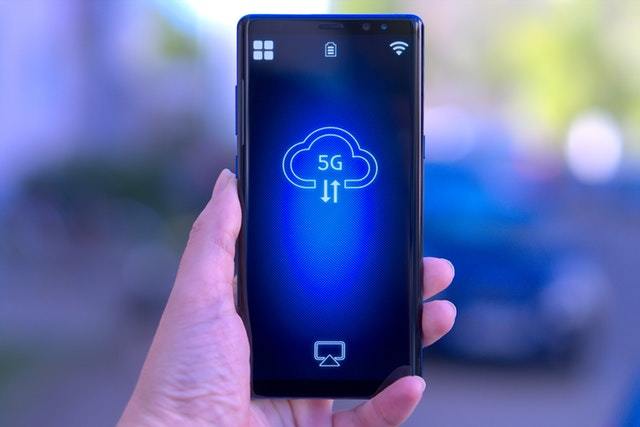Smartphones deeply impact our day to day – from how we connect with friends, to how we perform work, to how we navigate around town. However, the speed at which these devices operate depends on the “generation” they’re connected to.
Currently, most devices, regardless of brand, rely on the 4th generation of mobile connectivity – or 4G for short. As the name suggests, it operates far better than the 3rd generation’s network.
But is it becoming obsolete in comparison to 5G? Exactly how much faster is 5G than 4G? Does it truly make a difference?
Let’s dive into all the differences between these generations, and how well they compare to each other, so you can decide if it’s worth all the hype.
Contents
What is 4G?
The 4th generation resulted in mobile internet speeds boosting up to 500 times faster than the previous generation.
This created better support for HD TV on mobile devices, higher–quality video calls, and quicker browsing and streaming on all phones.
It is also commonly used all around the world on all kinds of devices. If you’ve connected a smart device to a network in recent years, it’s likely to the 4G network.
Pros
Of course, the most obvious advantage of using 4G is the network’s lightning-fast speed. Its increased bandwidth lends itself to much faster data transfer speed and uninterrupted connectivity, which is especially important for maintaining video chats and conferences.
You can also stream music, videos, and movies at a much faster rate than the previous generation ever could.
4G networks also offer more widespread coverage than other systems like Wi-Fi, eclipsing about 30 miles and up. It can also overlap network ranges, ensuring its users have strong connectivity to the internet at all times.
The network is also completely safe to use as well, as the security measures are far stronger against hackers.

While connecting to a 4G network is a little more expensive than connecting to a more traditional Wi-Fi network, its various advantages over Wi-Fi are worth the price. Their connection plans are also more affordable than you’d imagine, with 4G plans and equipment prices being slashed lower and lower every year.
Many phone carriers nowadays host special introductory offers for customers new to their services (and to the 4G network in general).
Cons
While 4G has improved browsing speeds, among other important qualities, increased video streaming on the network has caused it to become congested. As such, it’s slowed down everyone else’s speeds.
For an accurate perspective on just how clogged the network has become, imagine billions of devices operating on the 4G LTE network – with more being added every day.
It seems we are reaching the technical limits of how much data the network can quickly transfer to your device, slowly rendering it obsolete as the years go on.
The goal of 5G, on the other hand, is to eliminate this pesky congestion.
What Is 5G?
5G is the next generation of cellular connectivity, promising to be even more efficient and faster than 4G currently is.
It will also provide a higher-quality picture and sound so that you can easily stream 4K movies and shows, as well as hold 4K video calls anywhere you like.
New Technology for a New Generation
5G’s system will basically transform bytes, or data units, over the air using its New Radio interface (along with other new technologies). In practice, it will yield much higher radio frequencies.
Ultimately, this means being able to transfer far more data, much faster than 4G. It will increase interconnectivity, all while reducing congestion on the 4G network and lowering any delays your devices get while completing a task.
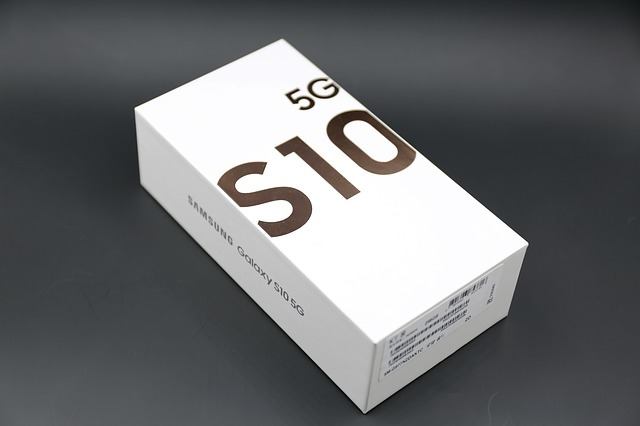
5G also plans to implement a new digital technology called Massive MIMO, or “Multiple Input Multiple Output.” This will improve all your connected devices’ coverage, speed, and capacity.
Current network technologies spread their coverages too thin. This results in a lot of wasted energy going nowhere, with no one using it, and unnecessarily slowing down the network.
This tech will basically pinpoint devices in its vicinity and maximize its use to actual people on the network, rather than a vague area of users, all on top of the existing 4G infrastructure.
When Will It Be Implemented?
Major mobile carriers like AT&T, Sprint, T-Mobile, and Verizon are already planning to connect to 5G networks in late 2019 and all throughout 2020.
Verizon and Samsung, for instance, have partnered with one another to develop a 5G smartphone they want to market in the first half of 2019.
Meanwhile, Apple plans to roll out its version of a 5G phone in 2020. 5G technology is also expected to be fully integrated into people’s homes and offices, giving cable- and telephone-based Internet service providers (or ISPs) a run for their money.
An estimated 1.5 billion users will have access to a 5G network by 2024.
Pros
5G’s radio interface will allow you to use more devices in the same geographic area. 4G networks can currently support about 4,000 devices per square kilometer, but 5G networks are projected to support around 1 million without any interruption over the same areas.
4G is simply unable to manage the huge number of connections on its network. 5G also uses shorter wavelengths than previous generations.
This simply means that the antennas providing these connections can be much smaller than currently existing antennas – all while still giving precise directional control over who uses its interface.
This is because 5G will be able to fix bandwidth issues, so the network is capable of handling old and new tech alike. Even developing technologies, like driverless cars and connected smart home products, will be able to benefit from this faster network.
It’s not just your phone – it’s all the technology around you. Devices still connected to the 3G or 4G networks, on the other hand, simply do not have the infrastructure to keep up with the current tech environment.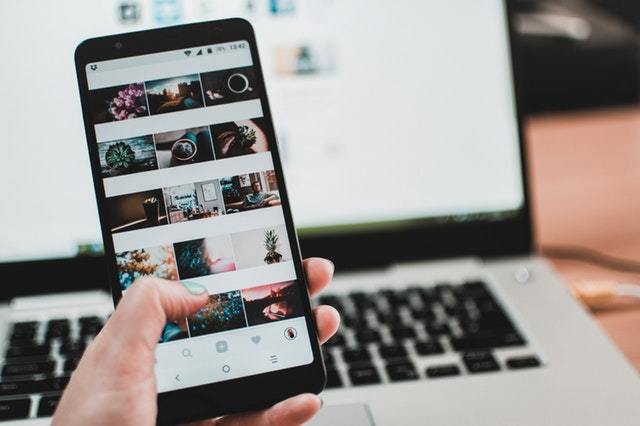
Cons
Unfortunately, the projected pros listed above, as well as the actual capacity at which the network will run, are all still theoretical.
Early testing of the network has shown that the speeds used are nowhere close to their projections, though this is mostly attributed to carriers not taking full advantage of the network’s potential.
Initial 5G networks will hover around the mid- and low-band spectrum to enable 5G signals to have both lightning-fast speeds and reliable coverage.
Governments and mobile network companies alike will also need to invest in figuring out how to properly utilize this network before it can be widely available for consumers.
This also means that the security of the 5G network leaves something to be desired until a more widespread launch is available.
How Much Faster Is 5G?
Each network operator owns a range of electromagnetic radio frequencies, many of which are then used to transmit sound, data, and video across their respective countries.
All of these, added together, then create the total network capacity for that generation. This measures just how fast the network can transfer data.
Basically, the more electromagnetic radio frequencies they can distribute and control, the faster and more efficient your devices will run.
For example, your average operator today might have 100 MHz to split between all of its U.K. customers. With a 5G network, however, that number will exponentially increase to around 1,000 MHz.
Overall, the 5G network promises mobile data speeds up to 10 or 100 times faster than even the fastest 4G network can currently provide. This paves the way for ultra-high resolution, uninterrupted 4K video calls, which are the standard for commercial digital cinema nowadays.
This also means downloads that will be delivered to your smartphones and tablets in less than the blink of an eye.
This video goes into more detail about 5G speed.
A Numbers Game
Currently, you can get up to 1 Gbps with the 4G LTE-A network. This is actually on the lower end of what the 5G network hopes to deliver.
Of course, the speeds you will end up getting at one time will be far lower, though they will still be much faster than most people are used to.
To put that speed into some kind of context, let’s look at some numbers and their rough equivalents.
1 Gbps (or gigabits per second) is equal to 1,000Mbps (or megabits per second). Megabits and megabytes are two separate entities, with 8 megabits (Mb) making up 1 megabyte (MB).
A single MP3 file might measure 5MB, a TV episode 350MB, and a Blu-Ray movie 15GB (15,000MB) or more. As you can see, movies may take your device far more time to download or run than an MP3 file or a regular, old TV episode (regardless of quality), so it would take a massive network to accommodate that.
Essentially, if you actually have a 1 Gbps connection, you could download a Full HD Blu-Ray movie in just two minutes.
While faster download speeds do sound amazing, 5G networks promise even more than that. Imagine instant movie streaming, cloud gaming, quicker self-driving cars, smarter homes, and more tech just over the horizon.
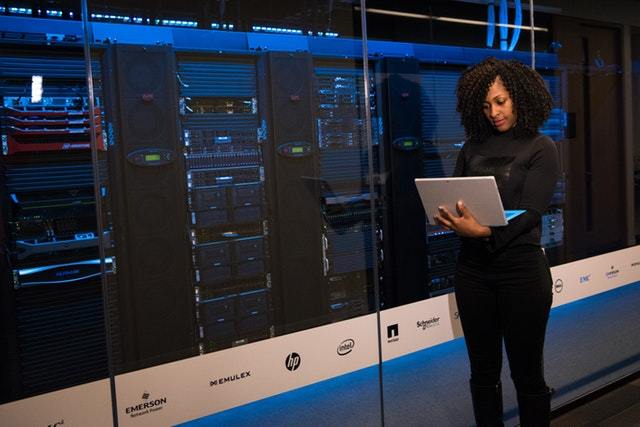
For a more tangible perspective, let’s compare each generation’s speeds to each other:
- 2G
Max Speed:3 Mbps
Average Speed: 0.1 Mbps
- 3G
Max Speed:2 Mbps
Average Speed: 1.5 Mbps
- 3G HSPA+
Max Speed: 42 Mbps
Average Speed: 5 Mbps
- 4G
Max Speed: 150 Mbps
Average Speed: 10 Mbps
- 4G LTE-A
Max Speed: 300 Mbps-1Gbps
Average Speed: 15 Mbps-50 Mbps
- 5G
Max Speed: 1-10 Gbps
Average Speed: 50 Mbps and up
5G VS 4G: Which Comes Out On Top?
4G’s max speeds are said to be anywhere from 300 Mbps to 1Gbps, but realistically, they are somewhere between 10Mbps and 50Mbps.
To put these speeds into perspective, Netflix recommends at least a 25 Mbps connection for Ultra HD quality. Interestingly enough, you only need 5 Mbps for regular HD.
So, as you may have noticed, 4G speeds are actually fine for most services. While the faster speeds are nice, it is not very necessary at the moment.
The main differences between 4G and 5G lies in all the new technology it is able to accommodate, as well as the newer network’s lower latency.
Latency is the amount of time that passes from the moment data is sent to someone to the point where they can use or view that data. Basically, 5G aims to reduce latency to the point where information is sent to someone in real-time, as opposed to a few seconds to a minute later.
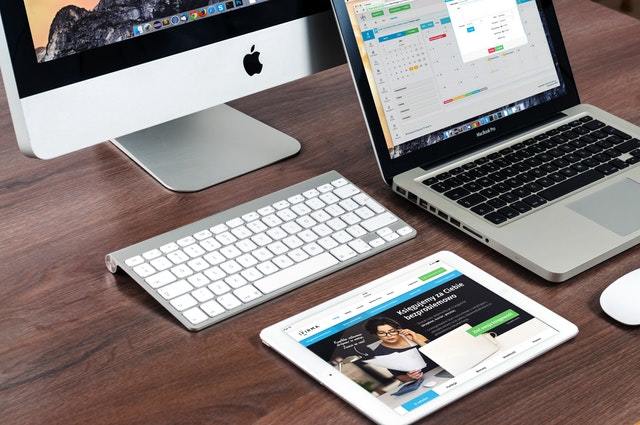
Latency for 4G is currently around 20 to 30 milliseconds, but 5G aims to reach well below 10 milliseconds, even around 1 millisecond at the very least.
Reduced latency also means that you can simply replace your cable modem and Wi-Fi with your mobile device connection for a much faster mobile experience.
That way, you can download or upload files like videos or pictures far quicker and easier, without having to worry about your network crashing on you. You will also be able to view high-quality videos, shows, and movies without any lag or buffering.
Data-driven industries are perhaps those most excited about the development of this network, as its later iterations could be revolutionary for smart cities and infrastructure management.
With higher speeds, less latency, a capacity for a larger number of connected devices, less interference, and better efficiency, who knows what kind of technology the future might hold?
This video goes into more information about 5G vs 4G.
Conclusion
As you can see, 5G speed runs much faster than any previous generation before it. Every generation of mobile connectivity has constantly built upon each other, adding newer tech that reaches farther and acts quicker than the last.
It is not the speed of the network that is revolutionary, so much as its extremely low latency. 5G’s advantages over the existing 4G networks are still in the works, but its potential and the tech behind it all seems to be very exciting indeed.
How fast is 5G? Only time and more development will be able to tell.
What has your experience with 5G speed been like?

